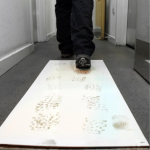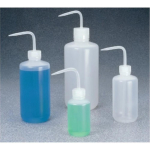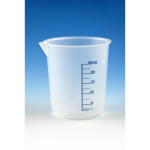Analysis Note
The NIH assay procedure uses 0.2 ml diluted plasma (1:1 with saline) as a substrate and 0.1ml of thrombin sample (stabilized in a 1% buffered albumin solution) based on a modification of the method of Biggs. Only clotting times in the range of 15-25 seconds are used for determining thrombin concentrations.
Application
Thrombin from human plasma has been used:as a medium supplement for the pre-treatment of endothelial cell culture prior to confocal microscopy and enzyme linked immunosorbent assay (ELISA)in the gelatinization of mesenchymal stem cells (MSCs) for preparing fibrin–MSC constructfor screening serine protease inhibitor, OGTI from frog skin secretion
Biochem/physiol Actions
Serine protease that selectively cleaves Arg-Gly bonds in fibrinogen to form fibrin and fibrinopeptides A and B.
The main function of thrombin is the cleavage of fibrinogen to fibrin, to assist stable clot formation. High levels of thrombin elicit neurotoxicity in dopaminergic neurons and contributes to the progression of Parkinson?s disease. A wide range of mutations in the prothrombin gene contributes to its deficiency resulting in coagulation disorders like dysprothrombinemia and hypoprothrombinemia. Altered thrombin levels modulates the coagulation pathway in multiple sclerosis. Patients with coronary artery disease (CAD) show elevated levels of thrombin. Thrombin accumulation in neurofibrillary tangles in the brain may contribute to the aggregation of ? protein and pathophysiology of Alzheimer disease.
General description
Thrombin is produced from the proteolytic cleavage of inactive prothrombin in the liver. The prothrombin gene is mapped to human chromosome 11p11.2. It comprises of A and B catalytic domain, recognition domain and insertion loops. The active site residues comprise the catalytic tetrad, (histidine 57, aspartate 102, serine 195 and serine 214).
Reconstitution
When reconstituted with 1 mL water, vial contains stated activity in 0.15 M sodium chloride and 0.05 M sodium citrate, pH 6.5.
Unit Definition
Activity is expressed in NIH units obtained by direct comparison to a NIH Thrombin Reference Standard









